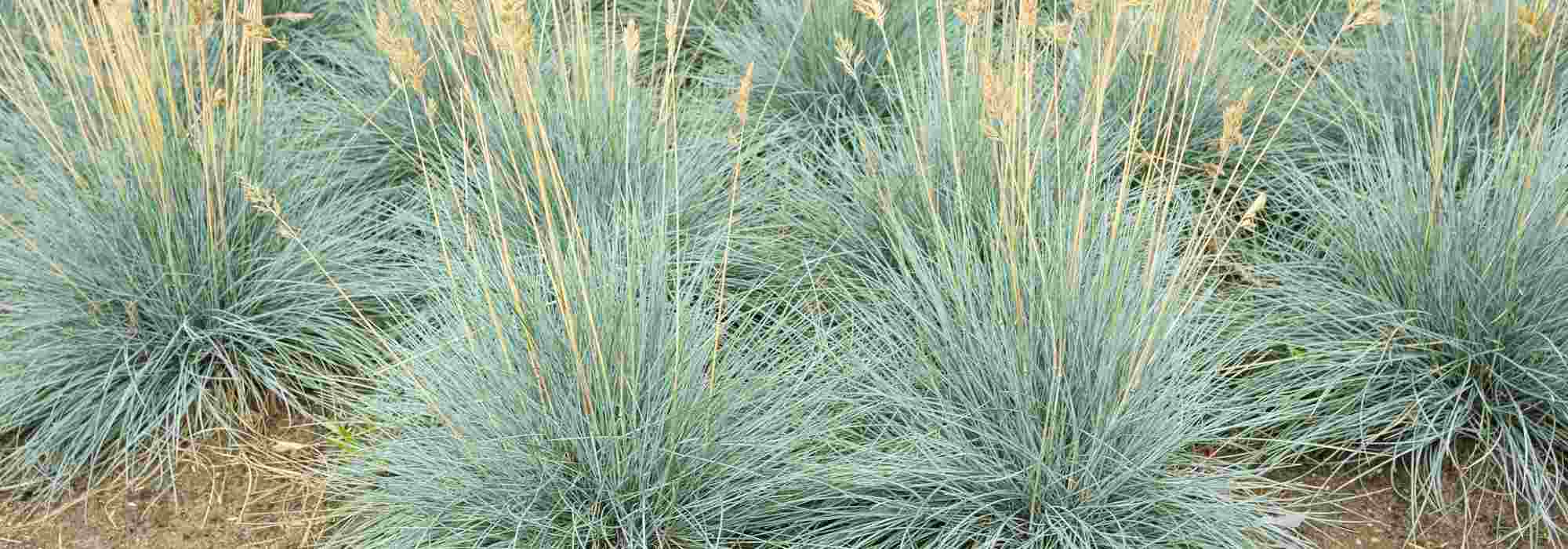
Fescue: planting and care
Contents
Fescue in a nutshell
- Fescue is a beautiful grass that forms clumps of stiff, evergreen leaves that are often green, blue, or grey.
- A plant for dry ground par excellence, it loves the sun and dry, well-drained, poor, and even stony soil.
- Hardy and undemanding, it withstands everything except wet soil!
- Beautiful in every season, it quickly dresses up the arid areas of the garden.
- It is perfect for difficult spots, in pots, as groundcover, in rockeries, borders, or at the front of flower beds.
A word from our expert
Fescue is a small perennial grass that forms elegant, compact, graphic, and colourful clumps. Its foliage is formed of slender, very fine leaves.
Blue fescue, in Latin Festuca glauca, valued for its bluish-grey foliage, is the most common in our gardens. It has given rise to several beautiful cultivars selected for their increasingly intense blue colour, including Festuca glauca ‘Intense Blue’, the most recent representative.
Fescues take on different forms: some grow in upright clumps, while others are low, like Festuca gautieri (syn. F. scopari), also known as Gautier’s fescue, which forms small, plump, very green cushions.
Hardy, it is not afraid of drought, sea spray, or poor soils, and thrives in arid, well-drained, low-fertility, even stony, soils.
Fescue is never as beautiful as when grown in poor, dry soil, as it will struggle in damp conditions. It requires almost no maintenance: once well established, it needs no watering or fertiliser, and does not require pruning!
With its wild yet strict appearance, it will provide structure and volume to the driest areas of the garden.
In dry rockeries, along pathways, at the edge of borders, in small hedges, or in pots, adopt this little drought-tolerant grass!
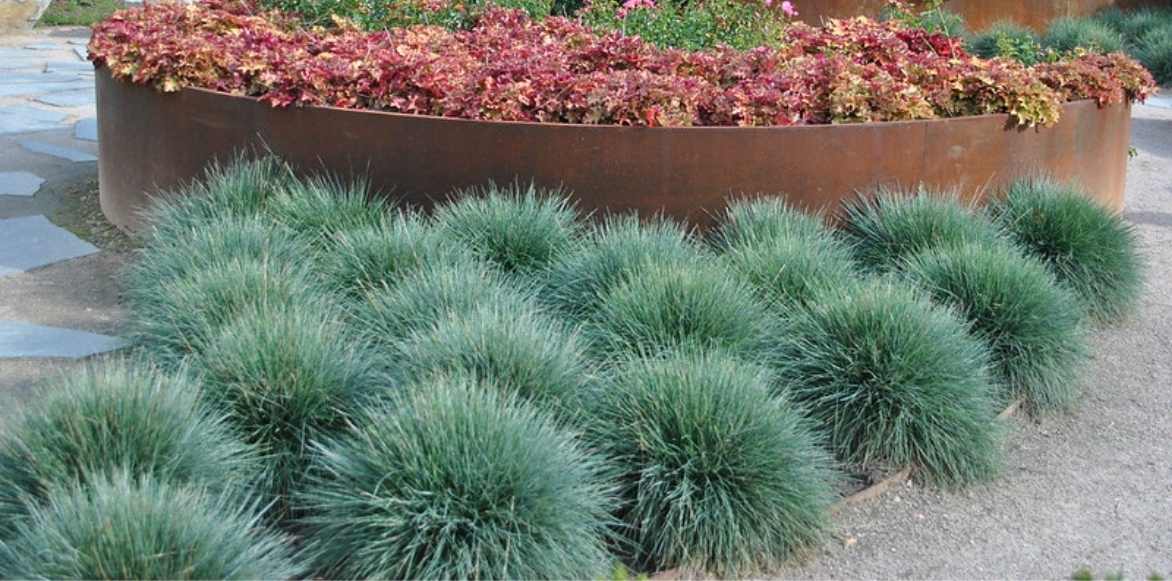
Cushions of blue fescue in a dry border (Photo: J. Jones)
Botany
Botanical data
- Latin name Festuca
- Family Poaceae
- Common name Fescue
- Flowering May to October
- Height 0.15 to 1 m
- Exposure Sun, Partial shade
- Soil type well-drained, light
- Hardiness -15 to -20°C
Fescue is a perennial herbaceous and evergreen plant belonging to the large family of Poaceae, like many grasses. Native to temperate regions of the globe, it can be found growing in dry and poor soils, in dry meadows or pasturelands, steppes, mountainous areas, or even coastal sandy zones. The genus comprises around 300 species, with the most commonly encountered in our gardens being Blue Fescue, in Latin Festuca glauca, and its few beautiful cultivars selected for their blue colour, including ‘Elijah Blue’. Some fescues, such as Tall Fescue (F. arundinacea), are widely used as forage species for grazing.
Fescue spreads through sometimes quite short rhizomes, making the plant suckering but not invasive. It is a short-lived plant that will need renewing after 4 to 5 years. It has a bushy and bristly habit and generally forms a small plant, not very tall. With a medium to fairly rapid growth rate, it forms compact, hemispherical clumps, ranging from 0.10 m to 1 m in height depending on the species. Festuca gautieri forms cushion-like, turf-forming clumps, while F. mairei can reach over 1 m in height when mature. Its use in the garden will therefore vary: as groundcover, in borders, rockeries, planters, or at the front of beds for the shorter varieties, and in beds for the taller ones.
The evergreen foliage consists of fine, stiff, linear, lanceolate leaves that are almost thread-like in Festuca filiformis, sometimes curled or folded with a prickly touch. The fineness of the leaves gives fescue a tousled and graphic appearance. The leaves of fescue have the advantage of being evergreen, ensuring a presence in the garden throughout the year. Depending on the varieties, they can be a very bluish grey, a grey-green to silvery hue, or even emerald green. Their epidermis is covered with a slightly waxy bloom that protects them from overly harsh sunlight.
The leaves of fescue, measuring 15 to 30 cm long, spread out in summer, evoking a very poetic hairstyle. When planted in pots or hanging baskets, it creates a truly interesting effect.
From this tight tuft of light, gramineous foliage emerge very fine floral stems from spring to summer. They bear at their tips, up to 50 cm above the foliage, inflorescences in light, loose or compact panicles, featuring blonde, straw-yellow, blue, or silver spikelets with purple reflections, adding a subtly luminous touch to the plant. These spikelets contain several flowers. After flowering, the spikes mature and produce seeds that will be dispersed by the wind, reseeding themselves wherever they please in nature.
The name festuca means “straw tuft” in Latin, referring to the forage meadows from which the plant originates.

Fescues are often bluish or light green. On the right, inflorescences in spikes.
Main species and varieties
Most popular
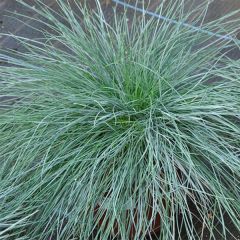
Festuca ovina var. glauca
- Flowering time July, August
- Height at maturity 25 cm
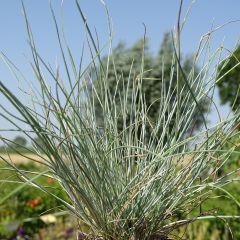
Festuca glauca Intense Blue
- Flowering time July, August
- Height at maturity 30 cm
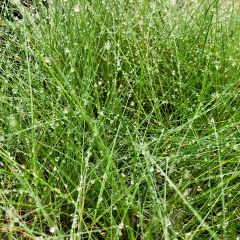
Festuca amethystina
- Flowering time June, July
- Height at maturity 40 cm
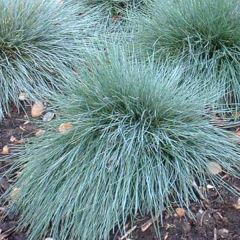
Festuca glauca Elijah Blue
- Flowering time July, August
- Height at maturity 30 cm
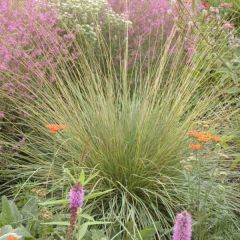
Festuca mairei
- Flowering time July, August
- Height at maturity 70 cm
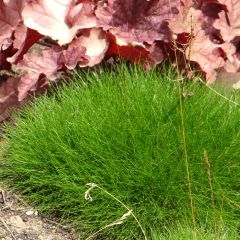
Festuca gautieri
- Flowering time June, July
- Height at maturity 15 cm
Discover other Fescue grass
View all →Available in 1 sizes
Available in 2 sizes
Available in 2 sizes
Available in 2 sizes
Available in 2 sizes
Available in 2 sizes
Available in 1 sizes
Available in 2 sizes
Available in 1 sizes

Available in 2 sizes
Planting Fescue
Where to plant it?
Easy to grow, perfectly hardy (at least down to -15°C), and tolerant of drying winds and sea spray, Fescue can be planted in all our regions. It is a plant suited to poor, dry soils and is very resistant to both drought and severe frost. Insensitive to harsh conditions, this undemanding plant thrives in ungrateful soils, requiring only dry, rather poor soil, though not too calcareous, well-draining, even stony or sandy, and it only fears overly wet and poorly drained soils, in which it would wither. It prefers low-fertility soils and enjoys full sun, although it can tolerate light shade.
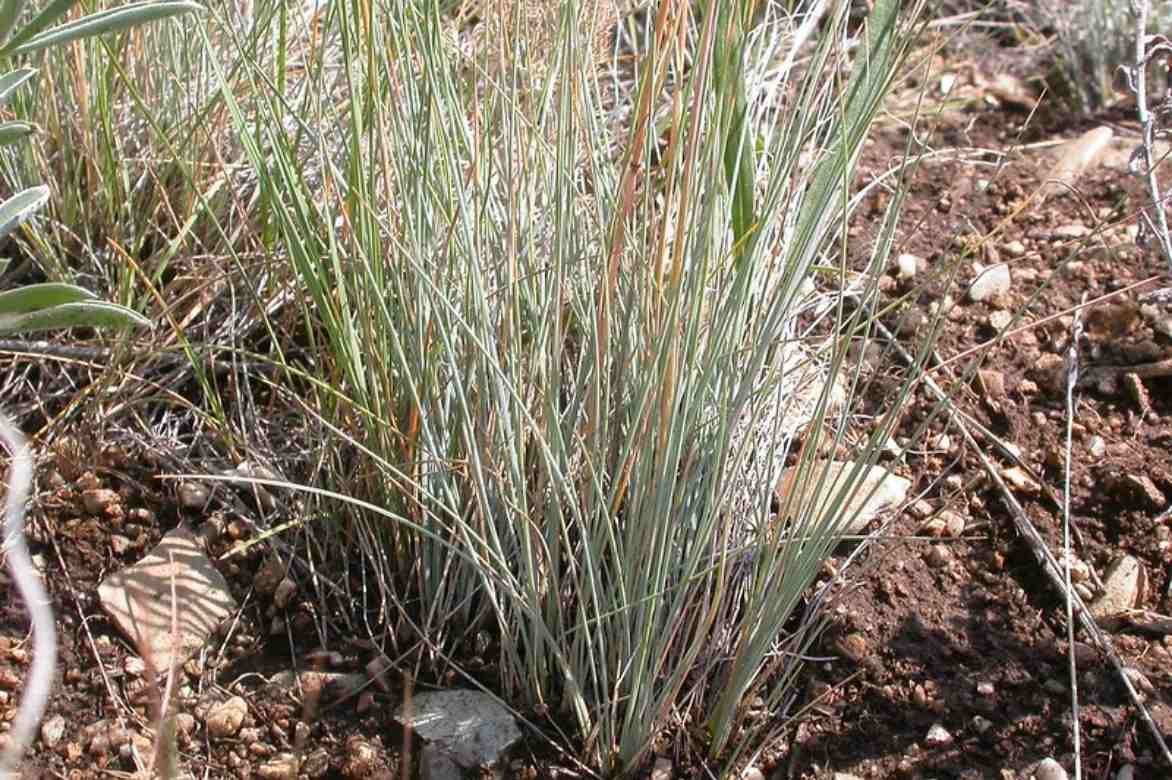 Fescues need poor, dry, and well-draining soils to thrive (Photo: M. Lavin)
Fescues need poor, dry, and well-draining soils to thrive (Photo: M. Lavin)
It is an essential plant for dry gardens, scree gardens, and challenging or slightly arid spots in the garden. Its decorative appearance throughout the year allows for a wide range of uses: planted in scattered groups within large naturalistic beds, to border a path or a low perennial bed, in dry rockeries, on a slope, and even in a pot on the terrace.
It forms small, vigorous clumps that add volume and lightness to compositions.
Some very low species, such as Festuca gautieri, can even serve as an alternative to grass in dry areas, in places that are not heavily trampled, creating lovely, plump green cushions or groundcover when planted en masse. It is also a good plant for greening a roof.
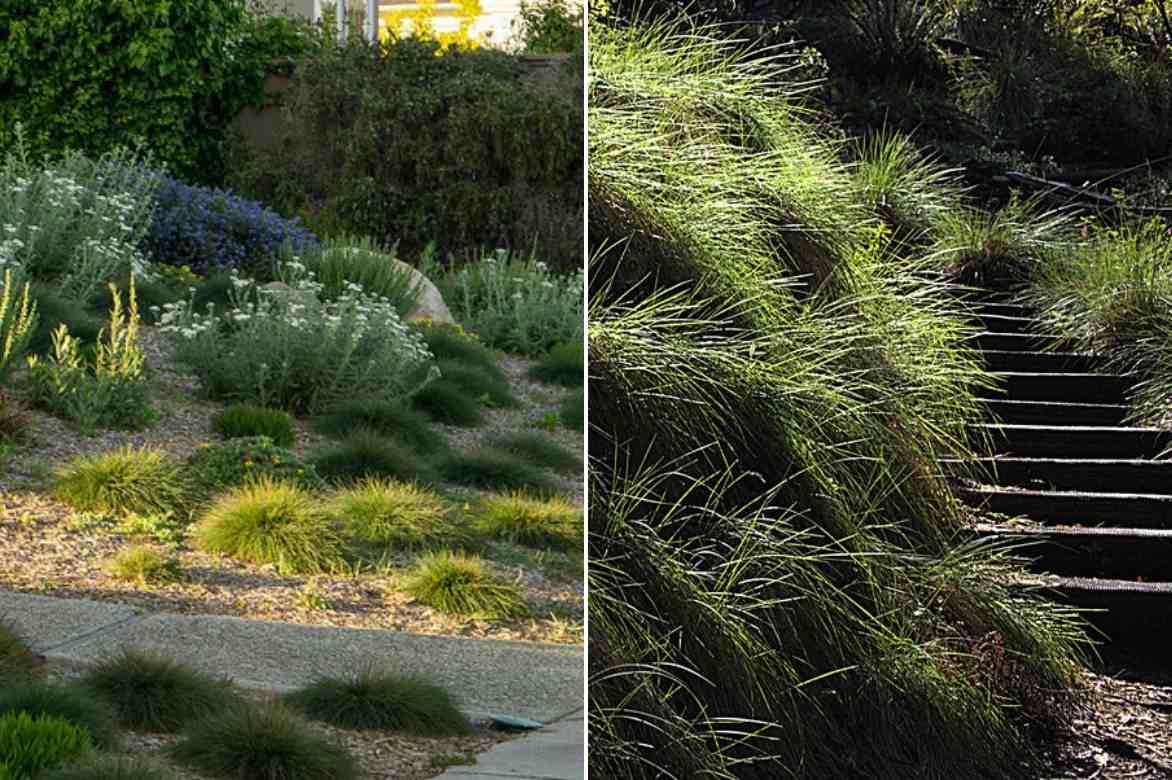 Graphic fescues in a dry bed (Photo: J. Pascoe), or lighter in a natural garden (Photo: J. Rusk)
Graphic fescues in a dry bed (Photo: J. Pascoe), or lighter in a natural garden (Photo: J. Rusk)
When to plant it?
Plant Fescue preferably in spring, allowing it time to settle and establish before winter. Autumn planting is also possible.
How to plant it?
In the ground:
Fescue requires well-draining soil that does not retain moisture in winter. You can plant fescues in large groups of 7 to 9 plants per m² to achieve a groundcover effect. Do not add fertiliser at planting. Add a good handful of gravel to heavy or clay soils to improve drainage. If the soil is too wet or clayey, we recommend planting on a raised rocky slope and in pure sand. Space the plants 15 to 30 cm apart, depending on their mature size.
- Dig a planting hole about twice the size of the root ball
- Add a handful of potting soil and river sand to lighten it
- Spread a drainage layer (pebbles, gravel…) at the bottom of the hole
- Place the root ball in the centre of the hole, ensuring the collar is level with the soil surface
- Lightly firm the soil
- Water at planting and then once a week the following summer to aid rooting
In a pot:
The substrate should be light and perfectly draining.
- In a pot, spread a drainage layer (gravel, a mix of pebbles…)
- Plant in a mix of loamy soil, coarse sand, or pumice
- Water at planting and then regularly
- Place in full sun
→ Learn more in our article How to grow fescue in a pot?
Read also
Grasses: which variety to choose?Care and pruning
Fescue is an ideal plant for gardens that are low in water requirements and maintenance-free. It does not need fertiliser or pruning. Once well established, it requires no watering. However, remember to water potted specimens, as the substrate dries out more quickly, allowing the soil to dry between waterings. Repot in spring.
You can cut the spikes when they are faded to prevent the seeds from reseeding.
At the end of February, clean the clump by removing the dry parts around the edge, simply by hand while wearing gloves or with a rake. Mature clumps that tend to dry out can be cut back at the end of winter to encourage the growth of new foliage.
On the subject, discover Gwenaëlle’s tips: When and how to prune fescue? and those of Michaël in Grasses: those that are pruned, those that are coiffed
Fescues are not long-lived, so we suggest dividing the clumps after a few years to rejuvenate them.
Fescue is resistant to diseases.
Multiplication
If sowing is possible, the best technique for multiplying fescues remains division, which is quicker and easier, especially since they tend to self-seed spontaneously.
Division
Division is carried out in spring on well-established clumps, after 3 or 4 years of cultivation.
- Using a fork, lift a clump that has been in place for several years
- Divide it into two or three sections using a knife or spade
- Replant the clumps immediately, either in pots or in the ground
- Water generously
- Monitor these young plants and water them regularly in the first months following planting
Associating Fescues in the garden
Fescues are prominent in naturalistic compositions as well as in the more minimalist decor of a contemporary garden. Their decorative evergreen foliage in green, blue, or grey adds a lot of naturalness, lightness, and movement to lighten all flowerings or to create a contrast of foliage. Weaving between larger companions, they can also serve as groundcover.
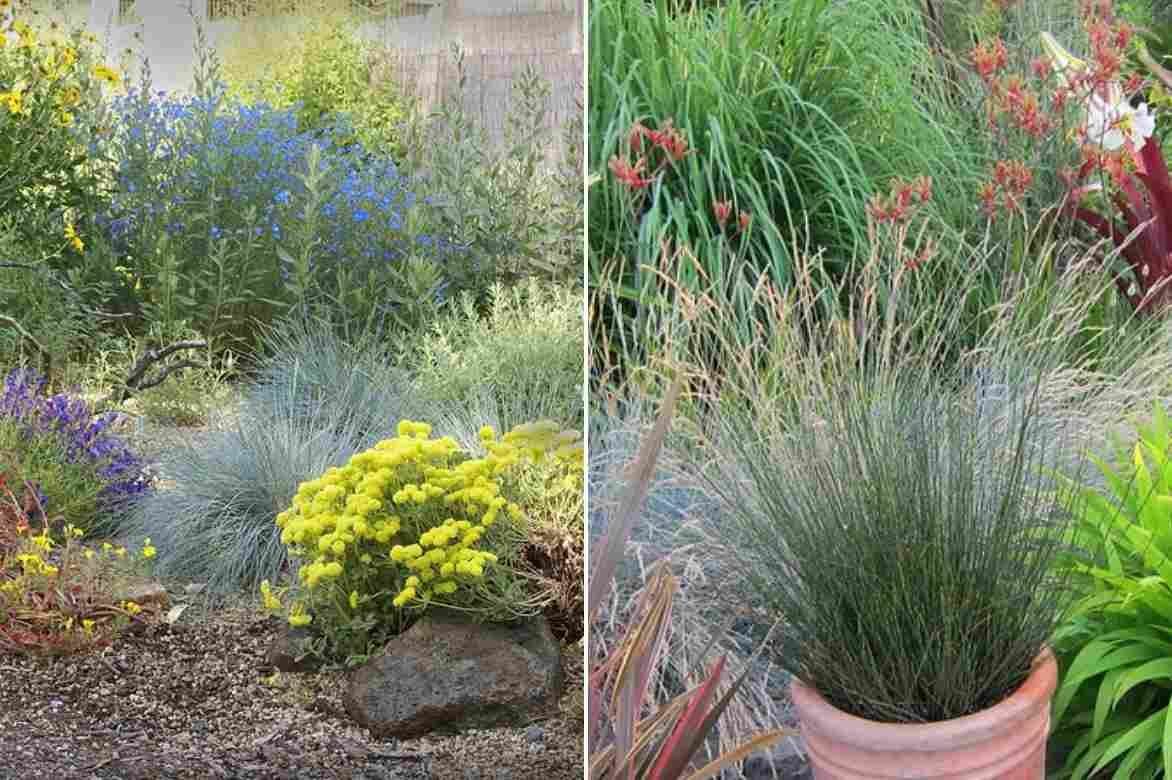
Stunning alongside grey foliage and yellow and blue flowers (Photo: D. Ballentine), or in pots combined with other grasses.
The hue of their leaves allows them to be paired with other plants that have bluish-grey or silver leaves such as Stachys byzantina, Senecio cineraria, cardoon or Cynara cardunculus, santolina, Echinops, and Salvia argentea. For a blue symphony, you can plant them with nepeta, Buenos Aires verbena, and Scabiosa caucasica. We recommend incorporating a few plants with dark red or black foliage for contrast, such as Heuchera ‘Black Beauty’ and ‘Black Pearl’.
With their stunning metallic blue colour throughout the year, festuca glauca pairs beautifully with romantic shades of mauve, pink, and white, and is perfect planted at the foot of roses, peonies, Nigella damascena, gypsophila, astrantia, or bleeding hearts.
They surround themselves with equally undemanding plants that love the sun and well-drained soils, such as Eryngium, wormwoods, Agastache, and lavender.
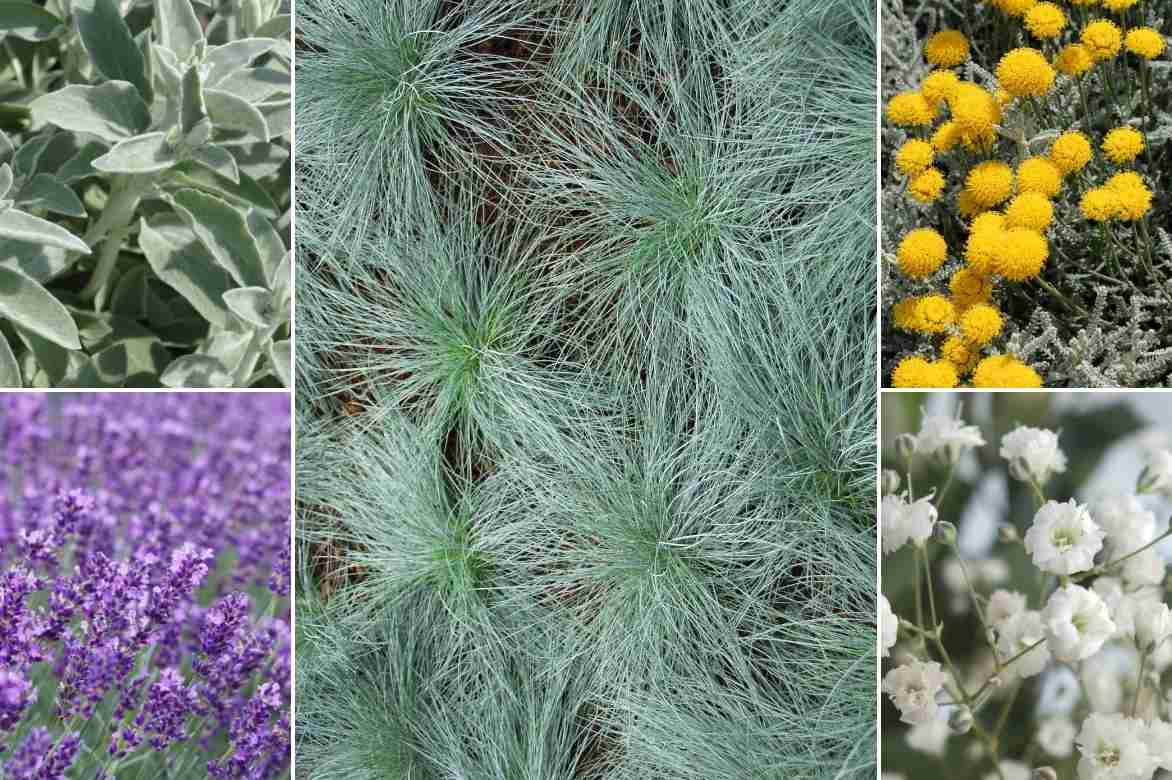
Stachys byzantina, lavender, santolina, and gypsophila are wonderful companions for blue fescue.
In spring, they create a beautiful backdrop that highlights the flowerings of spring bulbs which they will not overshadow, but will conceal their withered foliage in summer.
Festuca mairei adapts perfectly in natural-style gardens, alongside prairie flowers such as yellow yarrow or surrounded by other grasses like flexuous canary grass, Pennisetum, and Stipa gigantea.
Planted in small groups, fescues provide a setting for the colourful summer flowerings of Echinacea, Oriental poppies, heliopsis, or Kniphofia, adding contrast or softening overly strong hues.
In a very contemporary and mineral spirit, you can create small scenes with other plants from dry environments such as medium-sized agaves, sedum, creeping rosemary, and thyme, by surrounding your plants with light or coloured gravel, sand, or even pouzzolane.
In pots, a few clumps of fescue can lighten certain floral compositions or adorn the base of a small palm or a candelabra cactus.
Useful resources
- Which varieties of grasses to choose, how to prune, plant, and combine them? Discover all our tips on our blog!
- Explore our selection of 8 groundcover fescues or for border planting.
- How to propagate fescue? All our tips in this tutorial!
- Get inspired by our pairing ideas with our Mediterranean perennials and plants for a dry garden.
- Discover beautiful ideas for pairing with fescues.
- Find out about 7 grasses for a south-facing garden.
- Our article: 7 blue grasses.
Frequently asked questions
-
Should I prune my fescues?
Unlike deciduous grasses, which should be cut back in winter, fescues do not require pruning. You can simply comb through the clumps at the end of winter to remove the dry leaves.
- Subscribe!
- Contents































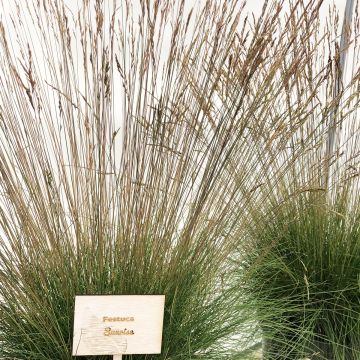


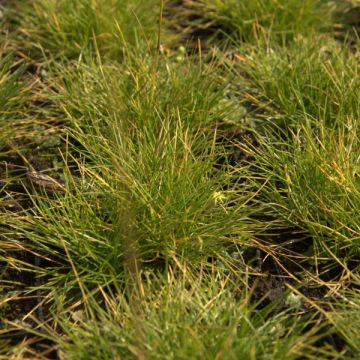

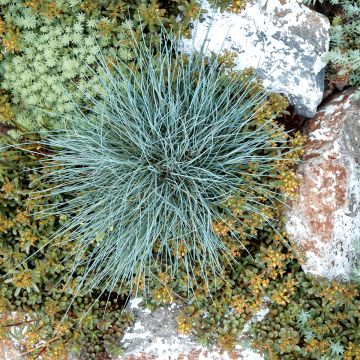
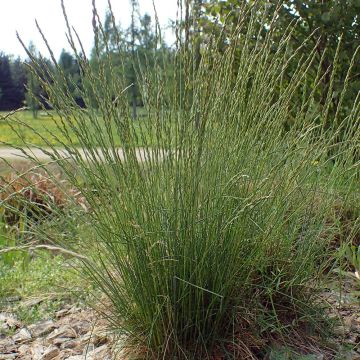

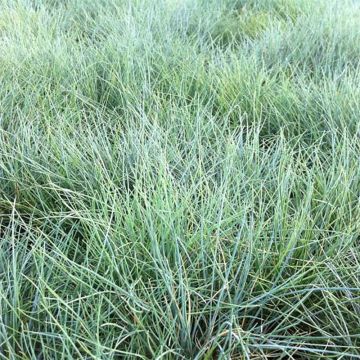
Comments